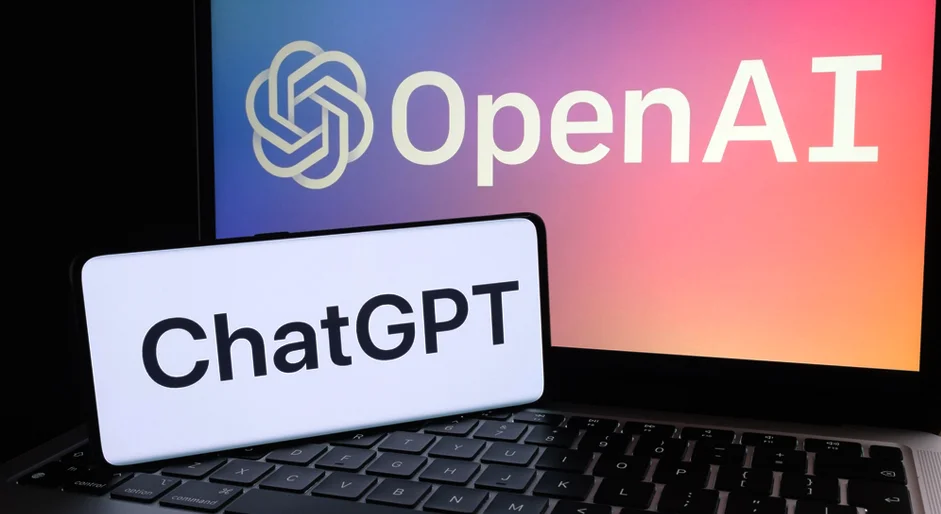
Is ChatGPT the Calculator for this Generation of Students?
ChatGPT, the viral conversational AI system developed by Anthropic, has ignited debates on its potential uses and impacts across education. Its ability to generate remarkably human-like text on demand raises many questions. Among them – can ChatGPT act as a novel calculation tool and virtual tutor for modern students the way dedicated math calculators assisted previous generations? This in-depth exploration analyzes ChatGPT’s capabilities and limitations as an AI calculator alternative for today’s youth.
Is It true? ChatGPT Is For Students
For decades, handheld calcolatrice online have been staple academic tools allowing students to perform complex mathematical computations with ease. However, ubiquitous smartphone access now means most students already carry calculator apps daily. In this environment, does an AI system like ChatGPT provide unique value by delivering on-demand calculation assistance and tutelage beyond just computing digits?
ChatGPT showcases language processing skills unlike any previous technology. Students can describe problems in natural words, and the AI will respond with detailed step-by-step calculations and explanations. This human-computer conversation ability opens intriguing possibilities for ChatGPT to serve as an always-available virtual calculus tutor and workbook. But does merely producing answers and procedures fulfill learning needs? As AI capabilities advance, reexamining how students use and integrate new technologies is essential.
A Generation Raised on Technology
Today’s youth are true digital natives, immersed in technology from birth. iPads, apps, and the internet are integral to modern education, for better or worse. Students have access to more computational power in their pocket than NASA did during the moon landings.
In many ways, ChatGPT is an evolutionary product of this pervasive technology environment. Students already offload memory tasks like phone numbers to devices. Relying on technology to handle rote math procedures seems a small leap. Students think differently because technology thinks differently.
However, critics argue overdependence on technology stunts mental math abilities and conceptual understanding. Even standard calculators allow bypassing foundational skills like memorizing times tables. Effective learning still requires focused internal thought, not just processed external outputs.
ChatGPT may represent another tempting shortcut that deprives developing minds of wrestling with concepts themselves. Understanding the implications requires balancing excitement over AI capabilities with vigilance around its applications.
ChatGPT’s Strengths as a Computational Tool
ChatGPT exhibited remarkable skill answering math questions during testing. Its natural language processing allowed it to parse complex word problems and respond with step-by-step calculations. The AI even explained its logic and reasoning in beginner-friendly terms.
For basic to advanced arithmetic, algebra, trigonometry, calculus and more, ChatGPT reliably produced accurate solutions for randomly generated problems. The system particularly excelled at:
- Step-by-step hand holding for multi-part word problems
- Breaking solutions down into fundamental concepts
- Patiently explaining and restating unclear questions
- Tackling advanced equations and derivatives with ease
- Covering a breadth of disciplines beyond just math
- Identifying and correcting its own mistakes
- Maintaining context and consistency across long dialogues
These strengths demonstrate ChatGPT’s potential as an always-available supplementary math helper. It essentially embodies a full catalog of calculus teachings within an intuitive conversational interface.
Weaknesses and Limitations as a Calculator
However, core limitations in ChatGPT’s skills surfaced during student trials:
- Inability to show visual work for handwritten problems
- Struggled attaching images and diagrams to explanations
- Provided algebraic solutions without checking practicality
- Some advanced integrals and probability problems were too challenging
- Occasional inaccuracies for complex equations and formulas
- Confused variables during multi-step Physics word problems
- Limited capabilities plotting graphs for visualization
- Lacked deeper conceptual assessment behind procedures
These deficiencies illustrate ChatGPT still struggles with common math challenges student’s face. While decent as a conversational Sage, true mastery requires skills the AI currently lacks.
Reframing ChatGPT’s Educational Role
Rather than position ChatGPT as a replacement calculator and tutor, its real potential may be as a teaching aid and education technology supplement.
The AI could provide personalized homework assistance, practice problem generation, and on-demand explanations for confusing concepts. By offloading mechanical aspects, teachers gain freedom to focus on higher order thinking and skills development.
ChatGPT is ill-suited for high-stakes exam calculations, but helpful for retention and improvement. Intelligently integrating such AI into the classroom may propel educational innovation. But care is needed to keep technology subordinate to teaching.
Promoting Responsible Usage Among Learners
More than its features, how students use ChatGPT will determine outcomes. Without proper oversight, misuse is inevitable. Cheating by inputting exam questions violates academic integrity and inhibits authentic learning.
Guardrails must be installed by educators so AI systems complement curriculum, not subvert it. Students need clarity on ethical usage that promotes skills growth. Media literacy and critical thinking will enable responsible integration.
Responsibility ultimately falls on students themselves. Seeking to exploit rather than engage thoughtfully with new tools will impede development. Self-discipline and wisdom is required to maximize benefits.
Weighing Tradeoffs of AI in Education
ChatGPT arguably represents an unprecedented opportunity to make learning interactive and gamified. But risks of overreliance, misuse and narrowed thinking require vigilant mitigation.
Finding the right equilibrium between human guidance and technology augmentation remains the key ongoing challenge. Further enhancements addressing current limitations will shape ChatGPT’s future utility.
Above all, remembering education is about molding character and ethics – not just computational proficiency – is imperative as teaching evolves.
Conclusion
ChatGPT has ignited imaginations on AI applications in the classroom. Its capacity for on-demand, conversational calculations and math tutelage suggests huge potential to aid learns and teachers. But important limitations mean such systems should only serve as supplements – not substitutes – for rigorous pedagogy and hard-won knowledge.
With wise restraint and thoughtful integration, ChatGPT may one day play a constructive role in equipping students with a balanced set of academic capabilities for lifelong success. Only time will tell whether this promising but still nascent AI can become a calculus tutoring companion that responsibly powers the next generation of leaders and innovators.






